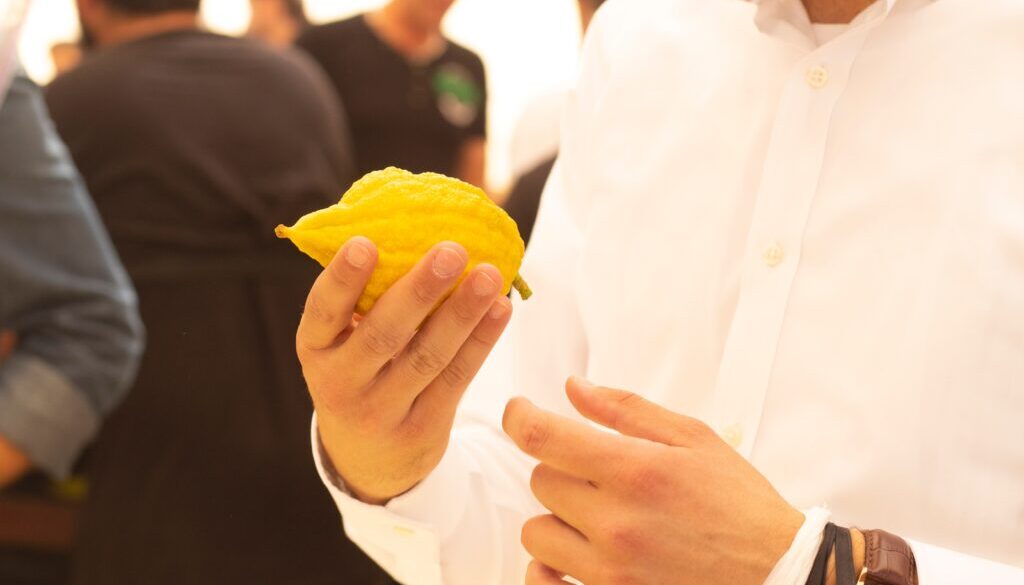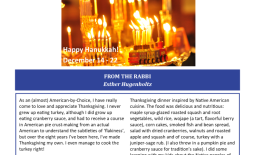The Ultimate Joy
Did you know that all the world’s citrus fruits are hybridizations of three original species? The True mandarin (citrus reticulata), the true pomelo (citrus maxima) and the true citron (citrus medica). If you imagine a triangle with axes running across it, every other type of citrus fruit is a cross between these three paradigmatic fruits and other hybrids. The lemons in your lemonade? A cross between citrons and mandarins. Are you tempted to tuck into a big, juicy grapefruit? Well, you’d have to cross a pomelo and a mandarin first. Make it a bit less sour by hybridizing the hybrid towards the mandarin axis, and then you get sour oranges, sweet oranges and clementines. In that order.
When I discovered this hybridization chart, it blew my mind. I grew up in Southern Spain and citrus fruits were an intimate part of my life. Decorative orange trees grow in white-washed courtyards, the bright fruits contrasting beautifully with blue-glazed tiles and snow-white walls. I lived in a house once with so many lemon trees, that my brothers and I would pelt each other with unused lemons that had fallen to the ground. (‘How wasteful’ my 45-year-old mom-self now chides).
What is my point, you might think. Well, I learnt about citrus hybridization – an obscure set of botanical facts – for one reason and one reason only: I fell down a Wikipedia rabbit hole. While reading about citrons. And there is only one reason that a Jew would want to read up on citrons – of which there are many types. (Google ‘Buddha hand citron’ – you will not regret it; or maybe you will).
I am so taken with citrus hybridization that I take it as my holy duty to share these charts on my Facebook profile every Sukkot. You can check – it’s up there. It’s a quirky, nerdy way for me to add luster to the holiday. It’s a little weird, I know, but that’s exactly my point.
My point, friends, is that Judaism is very strange.
And it is just perfect that way.
Judaism’s going to get even stranger this week: we will be blessing the six cardinal points of the universe with this very citron, gathered together with a palm frond, twigs of myrtle and branches of the willow tree. And then we will dwell in booths, with a purposely leaky roof, open to the sky and the elements. Why? You wonder. Well, we are told why by the Torah. But I think there is a deeper why worth reckoning with.
I often teach people, as they are deepening their Jewish knowledge, that ‘the weirder the mitzvah, the more profound it can be.’ This may not be universally true but the greater principle stands. Often, the rituals that are timeless, mysterious and perhaps a little esoteric can burrow their way into our souls beyond reason, comprehension and convention. We will find ourselves shaking greenery and singing Psalms and through that opens a portal into a connectedness to our ancestors and to our earth. It is beautiful.
Sukkot is known as the ‘z’man simchateinu’, the season of our joy. How very fitting as a capstone to our reflections on Jewish joy this High Holiday season. Joy is inextricably tied to release and release is linked to setting aside our preconceptions and inhibitions. The gritty, visceral, earthy ‘weirdness’ of Sukkot in particular and Judaism in general may perhaps invite us to loosen the bonds of what ties us down; what makes us feel reserved and rigid, what has us looking over our shoulders. The z’man simchateinu invites us into a sense of abandon: coming out of Yom Kippur, we are forgiven; the slate wiped clean. We start afresh, with our hearts open, our souls vulnerable and this beautiful universe drenching us through our pores. We live a little closer to the bone, a little more honestly, a little more aware. What is ancient and arcane can unlock deep layers in us; new doors in our consciousness and experience.
If you think a lulav and etrog are strange: right on. I hope you will take them in your hand, feel their texture, inhale their scent, shake them and find gratitude and joy in this beautiful universe we are called to inhabit. Try it, you might like it!




